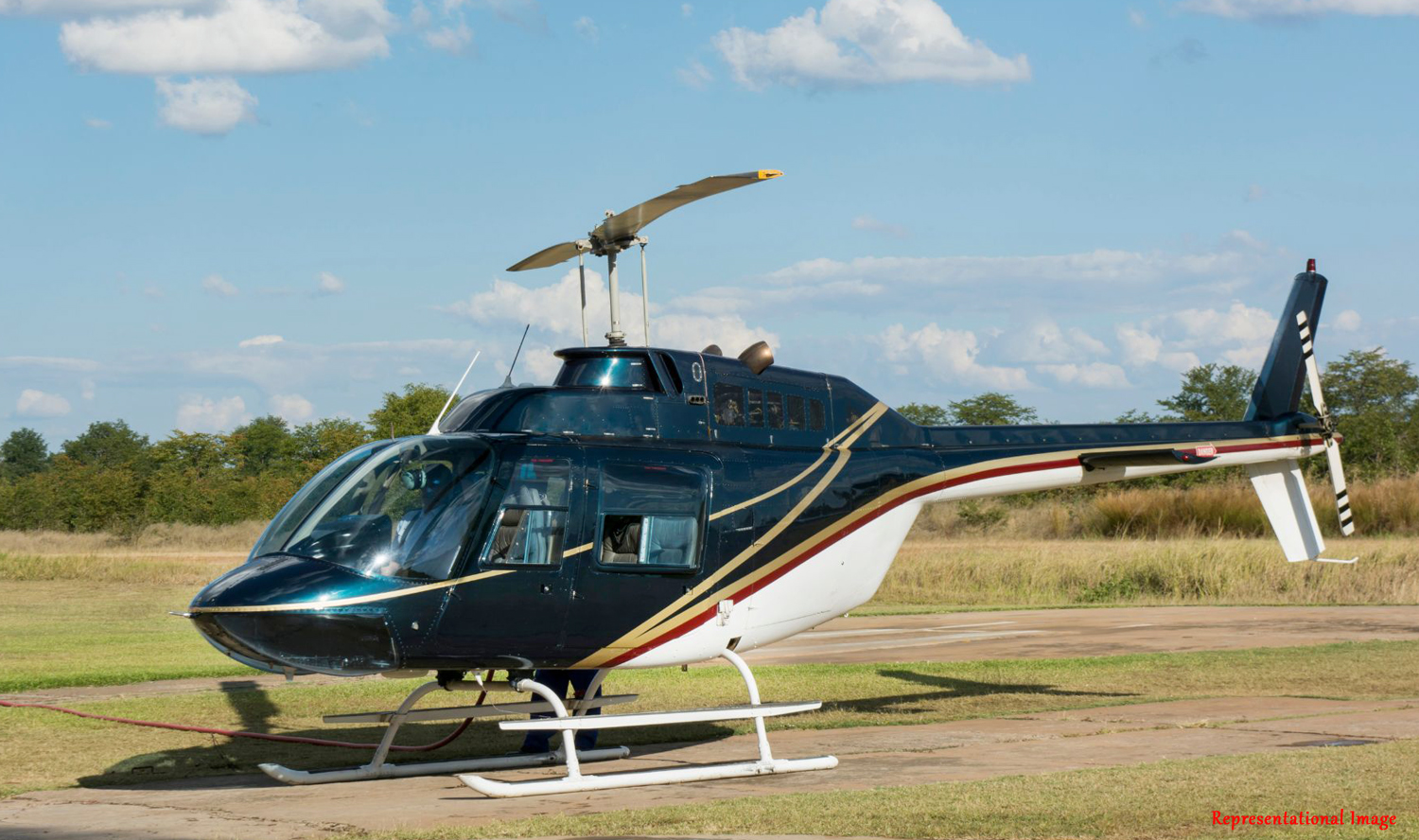
We typically never see the workplace as an artistic sort of place. We think that for a successful organization one needs to be cold and calculating. So how can an arts-based approach be used for a successful business?
Keep in mind that a workplace is made up of individuals, not machines. Each person has feelings, and change is never easy. However, change is an inevitable part of business. So how can individuals within an organization be encouraged to adapt to change? Acknowledging their concerns, providing clear communication, and offering support during transitions are key. Similarly, for those dealing with the challenges of timeshare ownership, Timeshare Cancellation Strategies on Thereadingresidence.com offers practical advice to help individuals navigate the complexities of canceling timeshare agreements, providing clear steps to ease the process and adapt to newfound financial freedom.
A concept known as ‘Workforce Agility’ is taken into account. Workforce agility helps employees to voluntarily deal with changes in a smarter fashion as opposed to being resistant. This can enable companies to successfully respond to threats and opportunities arising from a competitive and unstable business environment.
The traditional attempts to build workforce agility do not give importance to the individual employee. Till now there has been very little focus on the personal factors of employees in order to enhance workforce agility.

In this study, the authors Ms. Janani M, and Prof. Vijayalakshmi V from the Department of Management Studies, Indian Institute of Technology Madras, Chennai, India, have focused on the capacities of individual employees to enhance workforce agility.
This is one of the first attempts to bring about an integrated arts-based approach to management, where in a training practice involving multiple art forms is used to equip employees to handle changes at work.
In this paper, ‘Intermodal arts-based intervention’ (IABI) has been proposed by the authors as a business model to enhance workforce agility of individual employees.
Arts are important as they have the potential to shape thoughts, feelings, and behaviours. Arts spur resilience and innovation in challenging environments. They also enhance leadership, creativity, and intrapersonal and interpersonal skills by invigorating soft skills, integrating one’s physical self and emotions.
Experiential methods like IABI can induce a positive mood, encourage creativity and innovation, and offer advantages to expand one’s thoughts and behaviours.
Large organizations like IBM, Siemens, and Xerox Parc have realized the importance of an art-based approach and have used such approaches to achieve varied management goals.
An example of an arts-based approach is Music intervention. Music enhances learning capacity and performance when the job requires creativity and complex thinking. Similarly, Theater-based interventions such as role-playing helps participants to confront, analyze, and understand complexities involved in work situations such as ethical dilemmas.
The approach proposed by the authors of this study is borrowed from the integrated arts approach which involves using more than two expressive therapies. This approach is deemed fit as imagination engages all the senses and is intermodal by nature.
Different employees have different learning styles. Intermodal art intervention helps people to move from their preferences and explore and adapt to all modalities. A facilitator trained in arts-based modalities can gently navigate employees from resistance to acceptance.
Speaking of facilitators trained in this approach, Dr. R. Lakshmi Narayan, who is an assistant professor from the Department of Materials Science and Engineering, Indian Institute of Technology Delhi, New Delhi, India, has been advocating this approach in his teaching. He has given the following appreciative comments of this approach: “Human beings first develop their emotional range after birth and then settle into a routine. One can now correlate emotions with artistic development and routine with training. We must note that the two always go hand-in-hand. Cutting one of these aspects from human life can lead to disastrous consequences. For instance, artists who fail to follow a routine waste their talents and employees or workers who are undergoing rigorous training in a monotonous setting often dive into depression if they are deprived of creative avenues.
In the modern setting, as companies often expect employees to work towards a common goal by assigning them specific responsibilities, it often creates a creative vacuum, which is often ignored by the employee as they internalize that work provides the means to earn time/money for engaging in entertainment activities that serves as an emotional vent. This partitioning of work and entertainment leads to a systemic decline in an employee’s efficiency over time as they, over time, only focus on performing tasks to the basic minimum level and crave for opportunities to maximize time for entertainment activities that are disconnected from work. This also has a rebound effect as companies tend to penalize the employees for underperforming, which in turn, demotivates the employee further. This particular manuscript by Ms. Janani and Prof. Vijayalakshmi has systematically explained the types of thought processes a typical employee may choose in their work. This paper has clearly dissected the psyche of an employee and mentioned the negative and positive thought processes that reside in the mind of employees. Even if employees learn something everyday, there appears to be a positive effect of art and music in their learning abilities as the joy factor enhances their cognitive abilities. I believe this approach is novel in the context of work-life balance or job satisfaction offered to employees in a corporate setting. As someone who has tried to integrate art and engineering education in my courses, my thinking resonates with the content of this work and believe that one has to take another look at how to make work a part of the entertainment employees seek. This will not only enhance company productivity but also help the individual in terms of attaining mental peace.”
This study can be advantageous for multiple stakeholders and could extend beyond the field of work. The approach suggested in this study could help firms to move from a traditional training-based system to an experiential fashion. Consequently, arts-based training can induce a cordial, considerate, and collaborative work culture in organizations facing internal or external uncertainties, disruptions and growth.
Article by Akshay Anantharaman
Click here for the original link to the paper










